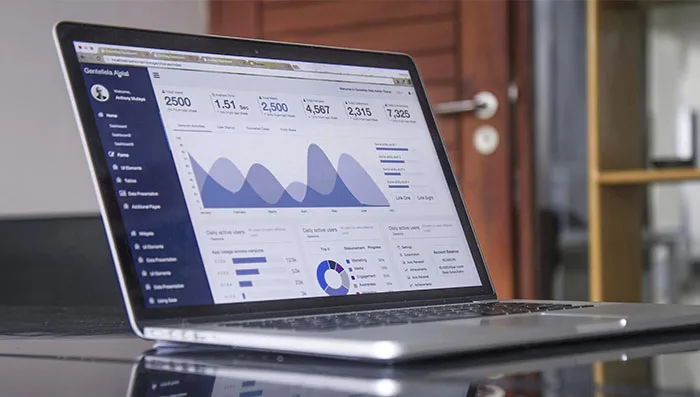Home » Macro Economic Overview » General merchandise stores
General merchandise stores
Total Sector Spending
Overall spending trends across an industry sector
What's the story behind the data?
Spending in the General Merchandise sector has shown steady growth over the past year, with notable seasonality spikes in December and April. This aligns with holiday and spring promotion cycles seen across big-box retailers. Our transaction-level data shows consistent monthly spending gains outside of a brief dip in November—potentially a function of consumer anticipation ahead of Black Friday and Cyber Monday sales.
Facteus data shows strong alignment with reported earnings trends from key players like Target, Walmart (not pictured here), and Costco, who have continued to see foot traffic and in-store activity even as e-commerce growth plateaus in other categories. This sector remains essential for value-driven households, especially in inflationary periods, where price comparisons across categories are easier.
Implications by Audience
FP&A / Strategy Teams
- Expect continued strength from middle-income segments ($75K–$125K) and Gen X consumers. These should inform demand planning and location-specific promotions.
- AOV growth at Costco and Nordstrom suggests a bifurcation of purchasing behavior—some consumers are consolidating bigger trips; others are dropping frequency.
Marketing and Brand Teams
- Gen Z and Gen X are over-indexing in spend, but for different reasons: Gen Z for essentials and quick-turn discretionary, Gen X for household restocking and bulk buys. Segment messaging accordingly.
- Mid-tier players (e.g., TJ Maxx, Marshalls) maintain loyal base but face pressure in AOV—digital couponing or private label boosts may help.
Investors
- Watch shifts in share between Costco and Sam’s Club—Sam’s appears to be gaining ground in select months.
- While Nordstrom has the highest AOV, its overall market share is flat—indicating it may be a niche premium outlier rather than a sector leader.
Top Brands by Market Share
Leading brands ranked by market share within sector
Trends + Insights
1. Total Sector Spending
General merchandise spending shows a healthy seasonal cadence, with a pronounced holiday peak in December (+8%) and a resurgence in April (+5%). The brief drop in November is likely anticipatory, as consumers hold off for Black Friday deals. Overall, monthly spending gains suggest resilience and relevance in consumer baskets.
2. Sector Spending by Income Bracket
The sector is anchored by middle-income consumers, particularly the $100K–$125K bracket (+2.8%) and $75K–$100K (+2.2%). Lower-income consumers (<$50K) show modest gains, while $50K–$75K and >$150K show pullbacks. This suggests value-seeking behavior is strongest in the core middle segment.
3. Sector Spending by Generation
Gen X leads the way in spend growth (+10%), with Gen Z following (+7.5%). Millennials underperform, while Baby Boomers are flat. Gen X’s spending reflects bulk purchases and consolidated trips. Gen Z’s strength hints at more routine or essentials-based purchases—potentially driven by necessity rather than discretionary wealth.
4. Top Brands by Market Share
Sam’s Club and Costco dominate, both hovering near 30% share, with tight competition throughout the year. Target maintains a stable 18%, while eBay saw a notable drop mid-year before rebounding. Nordstrom, TJ Maxx, and Marshalls remain stable but niche. Brand share shifts suggest active competition among warehouse clubs.
5. Top Brands by AOV
Nordstrom leads by far in AOV, exceeding $150 consistently—no surprise for a premium department store. Costco and Sam’s Club follow, each maintaining AOV above $100, suggesting consolidated basket behavior. Target, TJ Maxx, and others cluster around the $60 mark. These tiers imply distinct trip intents: bulk stock-ups vs. fill-ins or opportunistic buys.
Top Brands by AOV
Leading brands ranked by average order value within sector
This macro sector analysis provides detailed insights into economic trends and consumer behavior patterns. The visualizations below are derived from real-world transaction data and economic indicators.
Unlock additional content
Get immediate access to the full data set.
Sector Spending by Income Bracket
Industry sector spending patterns by household income level
Sector Spending by Generation
Industry sector spending patterns by generational cohort
Ready to Get Started?
Discover how to access personalized data and insights in a one-on-one session with our team!




